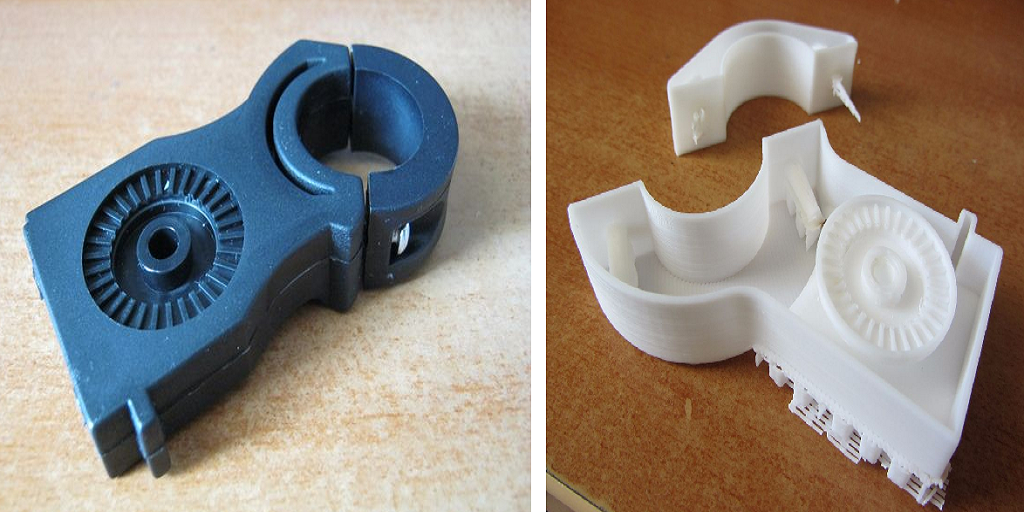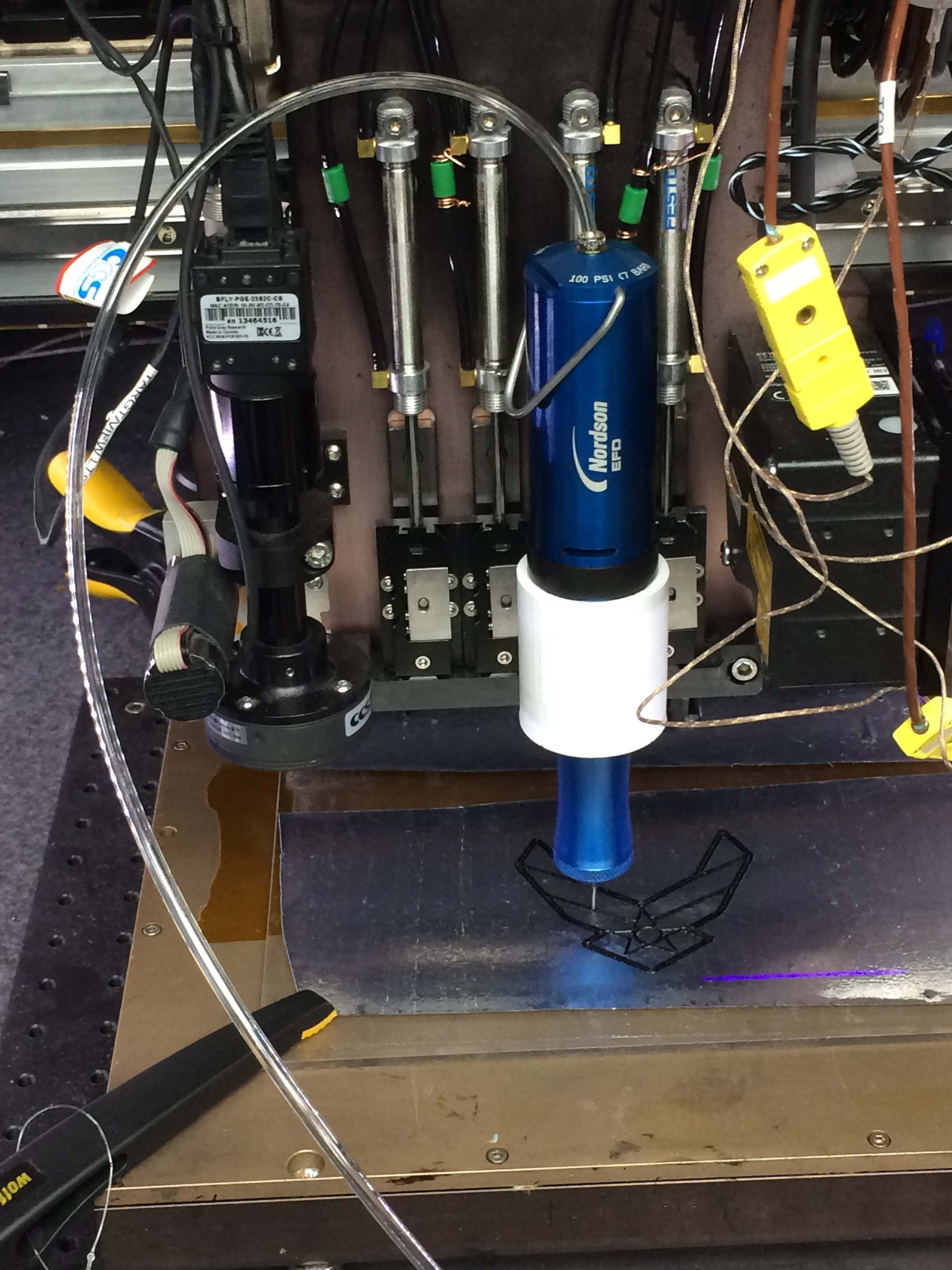Strengthen 3d print with epoxy – These are fine techniques, but engineer justin lam may. Since this work, there has been. Web follow the steps below on how you could go about it: Some users employ epoxy resin, while others resort to metal casting. Therefor many users employ strengthening techniques to get the most out of it. Pour solution b into the other cup and measure the weight. Web we have shown that we can enhance the strength of 3d printed components above the capabilities of the solid printed material even in the most preferable print orientation. Rotate until it is dry.
Take a wide bristle brush and dip it in straight acetone. 3d prints the product according to the product design let it cool and clean the surface. Web basic settings in this video from maker’s muse, the basics of getting stronger prints are covered. Web the formulation is based on a solid epoxy resin, allowing it to be processed in filament form and a latent curing agent preventing it from curing within the hotend and ensuring a suitable shelf life. When you are done printing the model, an epoxy can be applied correctly to strengthen the model after printing. Maybe you can use a motor for that. I was considering using epoxy resin to completely coat the case for. Heat and mix the epoxy (the resin needs to be heated to become more viscous for pouring) step five:
Acetone can be used if done in this manner;
strengthening 3d prints with epoxy The Voice of 3D
Therefor many users employ strengthening techniques to get the most out of it. Web we have shown that we can enhance the strength of 3d printed components above the capabilities of the solid printed material even in the most preferable print orientation. Web how to strengthen finished 3d prints: When you are done printing the model, an epoxy can be applied correctly to strengthen the model after printing. Pour solution b into the other cup and measure the weight. Web what you can try: Print the part as normal step two: Web this highlights the value of improving the 3d printing of thermosets such as epoxy, providing distinct advantages over other materials.
Acetone can be used if done in this manner;
13+ Epoxy 3D Printer Background Abi
Web abs will be your best bet for strength. Then apply the epoxy and start rotating the print at a horizontal axis. So extra holes and negative details that provide holding points for the cured epoxy is mandatory. Pour a little part in a cup and warm it to achieve a viscous fluid using a brush, apply the epoxy coating using a brush on the model without allowing the. Web the formulation is based on a solid epoxy resin, allowing it to be processed in filament form and a latent curing agent preventing it from curing within the hotend and ensuring a suitable shelf life. I was considering using epoxy resin to completely coat the case for. Stick a chopstick or something similar in the bottom of your print. Web using epoxy to strengthen a print.
3d printing is a popular manufacturing process with.
Let the print cool step three: So extra holes and negative details that provide holding points for the cured epoxy is mandatory. Then apply the epoxy and start rotating the print at a horizontal axis. Therefor many users employ strengthening techniques to get the most out of it. There are several slice settings that can be changed for strength, including infill percentage, surface thickness, layer height, and extrusion width. Fill the part step six: Maybe you can use a motor for that.
Web what you can try: Web abs will be your best bet for strength. To benchmark the newly developed material it is compared to casted and milled bulk specimens and 3d printed specimens with commercial filaments. Stick a chopstick or something similar in the bottom of your print. Web june 14, 2017 pla is probably the most used thermoplastic for 3d printing but one of its downsides is the lack of strength. Web filling 3d prints with epoxy step one:

Printer Review is a website that provides comprehensive and insightful information about various types of printers available in the market. With a team of experienced writers and experts in the field, Printer Review aims to assist consumers in making informed decisions when purchasing printers for personal or professional use.

